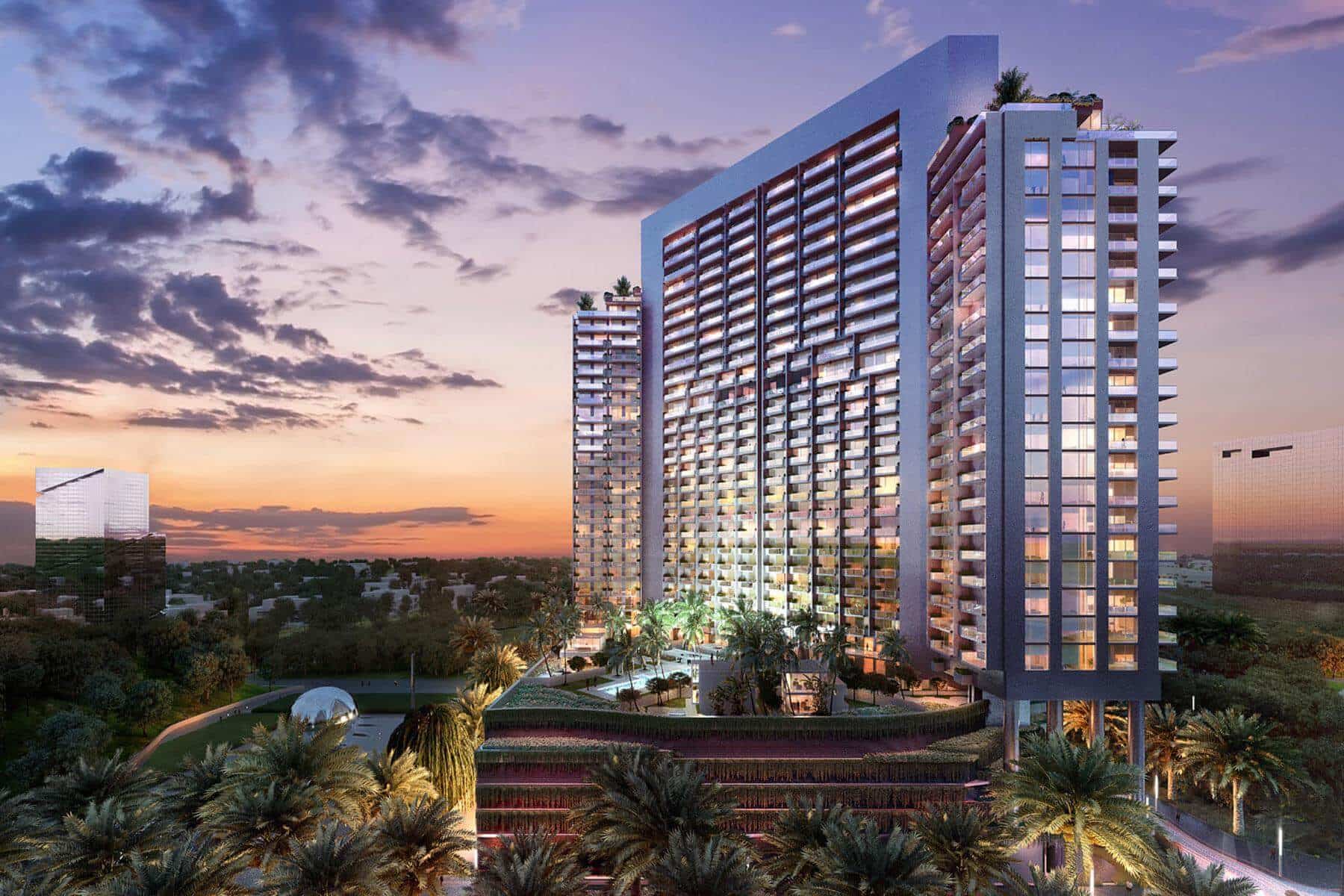A wide range of consumer items and other substances frequently supplied and sold by shops may contain dangerous compounds. When these commodities are moved, these hazardous materials can pose a risk to one’s health, safety, or the environment during transportation
Therefore, companies shipping such items, such as a trucking company in Texas, must ensure safe transportation by adhering to the norms and regulations established by regulatory agencies to avoid unfavorable scenarios.
So, let’s go through what dangerous products and hazmat materials are and how transportation firms may appropriately manage these items and materials.
What Are Hazardous Materials?
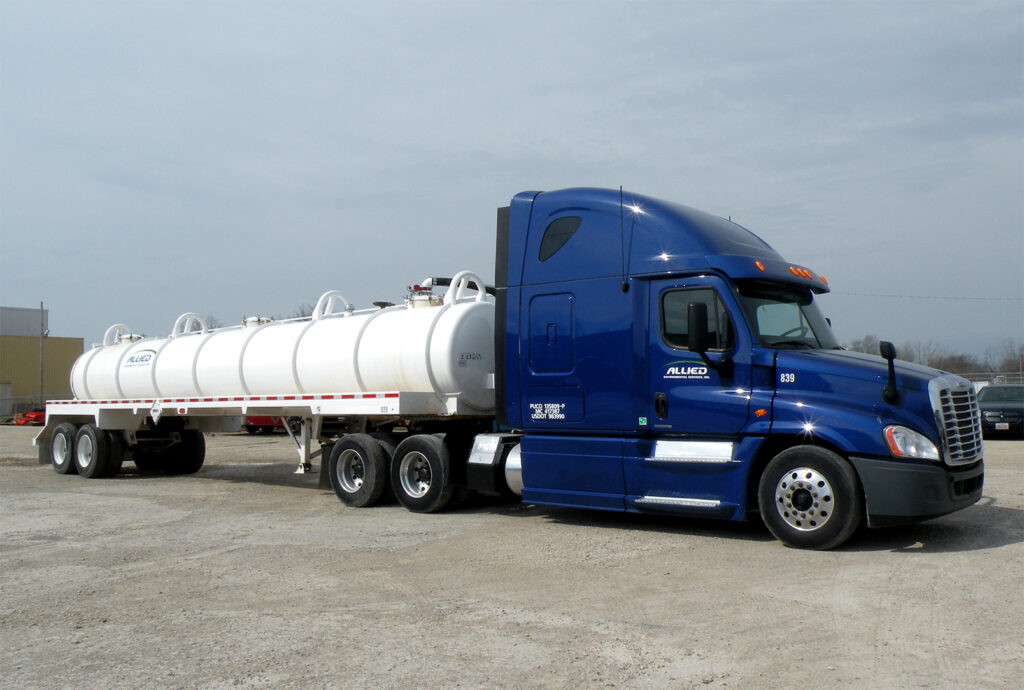
source: pinterest.com
Dangerous products are chemicals or objects that endanger one’s health, safety, or environment. Hazardous or hazmat materials, on the other hand, are liquids, solids, chemicals, or gasses that can endanger people, property, or the environment. Chemical restrictions apply to the transportation of dangerous products and hazardous materials.
Companies must train people transporting such items and materials on handling hazardous materials such as flammable, corrosive, toxic, and radioactive chemicals. Chemical rules apply to hazardous/hazmat compounds, as previously stated. Transportation businesses must adhere to varied rules for categorizing hazardous/hazmat products.
The Hazardous Materials regulations apply to anybody who provides hazardous materials for transportation to a carrier or carries hazardous materials in commerce. Hazardous materials shippers are retailers who ship hazardous items from distribution centers to stores, ship hazardous materials directly to consumers, or ship hazardous materials in reverse logistics.
Furthermore, shops that transfer hazardous items using their transportation fleet are considered hazardous materials transporters.
How To Transport Hazardous Substances?
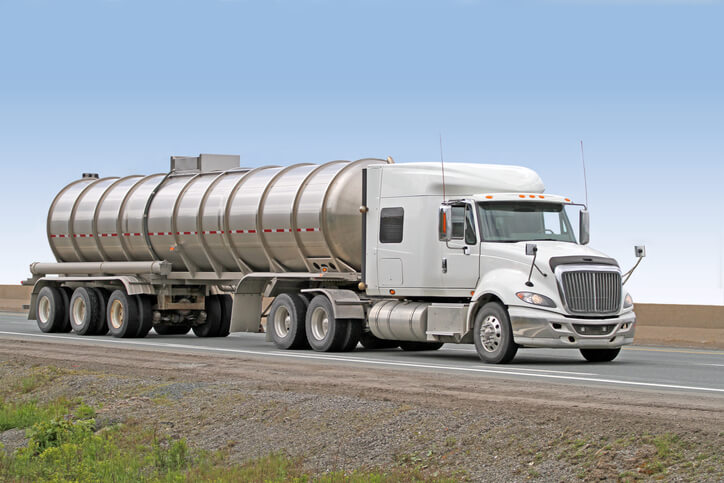
source: pinterest.com
When shipping hazardous material, there are several dangers associated. Damage in transport, loss, theft, fire, explosion, leaks, and spills are all examples. Many things are not dangerous in and of themselves, but they include hazardous compounds that might harm the environment, humans, or both.
If you carry risky items, you must follow certain rules. The first step is to determine the hazards and categorize your items. You must next check that loads are secure, that weight is distributed appropriately, and that appropriate warning signs are placed on vehicles.
If you are moving dangerous items by road or rail, you must use labeled packaging so that anybody who comes into touch with it may take the necessary measures. According to the categorization of the commodities, you must employ the proper vehicle, container, tank, or wagon.
You must show specific information about the products on the truck or container, as necessary, and follow certain procedures when items are loaded and unloaded. Road vehicles are required to carry some safety equipment, such as fire extinguishers. You may also require the services of a skilled dangerous products safety advisor. All drivers must have appropriate training, not just to operate their car but also to respond in the event of an accident.
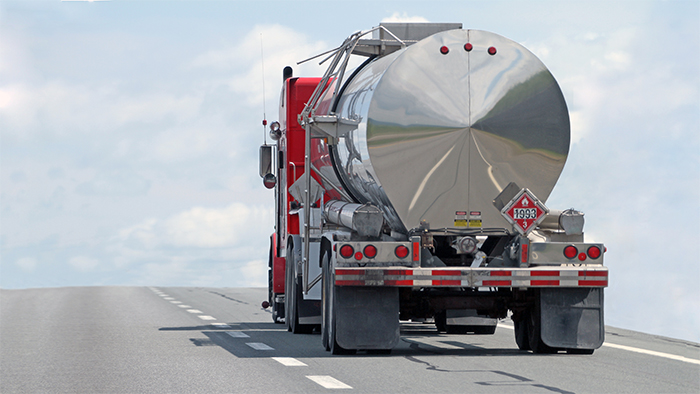
source: pinterest.com
It would be best if you also considered the dangers of storing and handling toxic substances to the environment and human health. Consider the impacts of a leak on the air, water, and nearby land. This can assist you in avoiding getting charged with pollution. Following the manufacturer’s instructions on the safety data sheet when storing chemicals is another solution.
Simple steps may be taken to reduce the hazards posed by hazardous compounds, including retaining the bare minimum amount necessary, storing incompatible substances apart to minimize release or leaks, and teaching staff how to handle and store them safely.
Additionally, you should make sure that your transport staff labels storage containers for hazardous materials properly, stores flammable materials in appropriate containers far from ignition sources like heaters and boilers, and places liquid storage above ground where it is unlikely that it will be harmed, like away from driveways.
Maintain gauges, valves, and pipelines as much as you can, have emergency spill response plans in place, and keep an eye on your oil use because abnormally high use might indicate a leak.
Are There Any Exceptions?
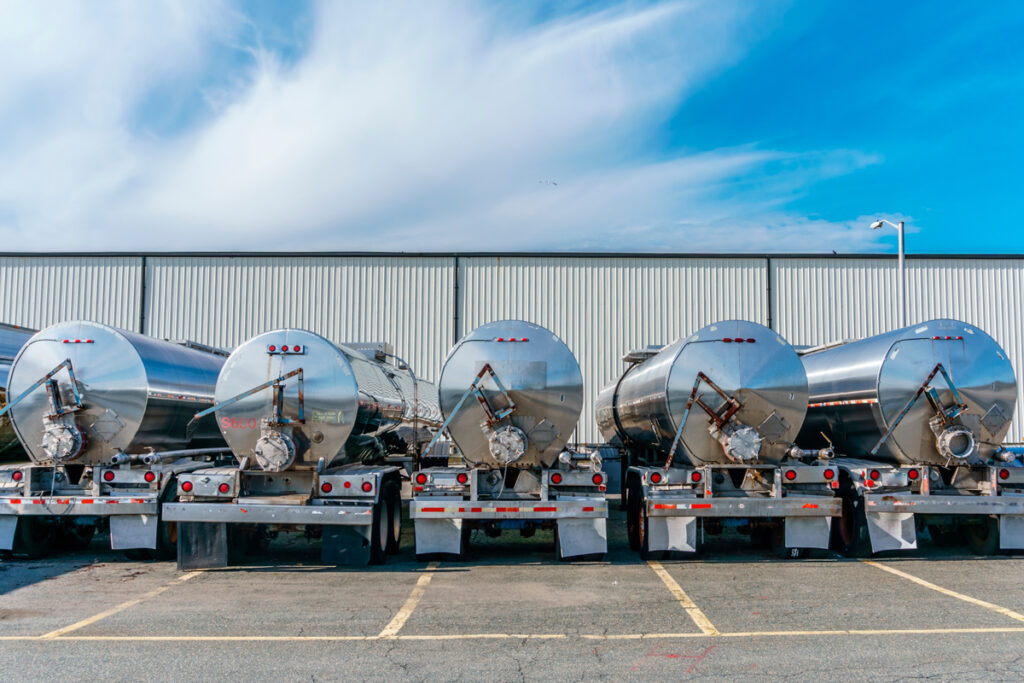
source: pinterest.com
Several exceptions may be allowed depending on the kind of item, amount, packing, and manner of transit. Among the possibly significant exclusions for retailers are:
Limited Quantities Of Dangerous Materials
These exclusions apply to a wide range of items. These are low or medium-risk hazardous compounds in tiny main containers and packaged for transit in sturdy outer packaging that does not exceed prescribed maximum weights. Limited Quantities must meet reduced regulations but are sometimes exempt from shipping documents and danger labels.
Packages must have the Limited Quantity label. Some hazardous compounds qualify for exemptions due to their properties, quantity, or manner of delivery. Combustible liquids, some types of batteries, and bulbs carrying hazardous compounds are items that may be subject to reduced restrictions.
Trade Materials
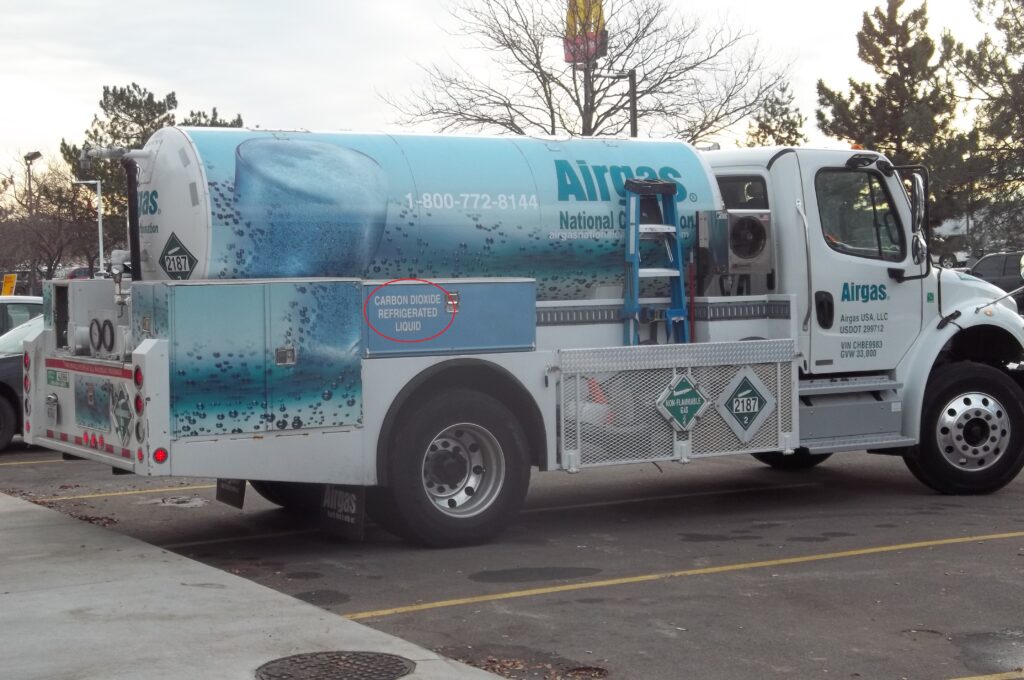
source: pinterest.com
In particular instances, hazardous goods transported by retailers may be eligible for the materials of commerce exemption. These are hazardous materials that are transported by a Conestoga trailer for one of three reasons:
- To ensure the health and safety of the driver and other staff involved in the transport process;
- To support the function of a motor vehicle or its associated equipment; or
- by a private carrier, which includes vehicles operated by a rail carrier, in direct support of a primary business function other than transportation by motor vehicle.
This exemption applies only to specific types of hazardous items, and weight limitations, marking, and driver notification requirements apply.
Conclusion
Companies delivering risky commodities must pay extra attention to personnel training. All employees/truck drivers should get training on the transportation of risky items. Furthermore, enterprises must designate a safety adviser to advise them on the safety, legal, and environmental issues of the transportation process of dangerous commodities.
Transportation of dangerous products and hazardous/hazmat chemicals is very complex and difficult. There are several laws and duties that transportation firms must follow to provide optimal cargo security.
Because transporting dangerous products and hazardous/hazmat materials may be extremely complicated and difficult, it needs appropriate certificates and be done through hazmat carriers. Categorizing hazardous/hazmat goods is the most critical issue that trucking businesses and truck drivers should address.
The categorization governs all factors associated with hazardous material transportation compliance. Once categorization is achieved, packaging, labeling, documenting, and placarding can begin.



